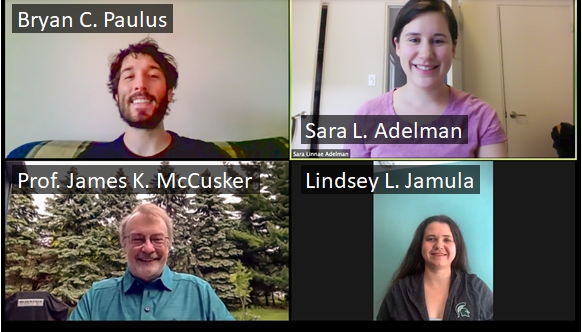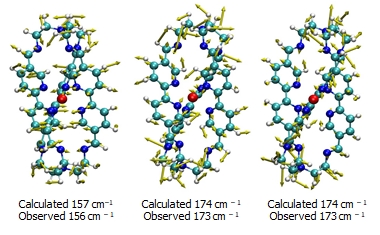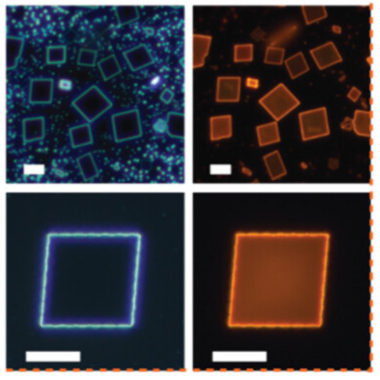Nature provides roadmap to potential breakthroughs in solar energy technology

James McCusker, an MSU Foundation Professor in the Department of Chemistry, believes that the future of solar energy lies in abundant, scalable materials designed to mimic and improve upon the energy conversion systems found in nature.
In a groundbreaking new study in Nature, Prof. McCusker and his co-workers reveal a novel process that allows molecules to tell scientists how they should be modified to better absorb and convert solar energy. By using light pulses lasting less than one-tenth of one-trillionth of a second, the research team was able to identify atomic motions within the molecule that were associated with the conversion of light into stored chemical energy by exploiting a phenomenon known as quantum coherence. They then used this information to synthetically modify the molecule to make the energy conversion process more useful for potential applications ranging from solar energy conversion to photocatalysis. In this way, the research group basically allowed the molecules to point the way forward.
More information can be found at MSUToday.

Vector displacement diagrams, calculated via density functional theory, of the observed coherently-excited vibrational modes of the caged metal-ligand structure used in this study.



